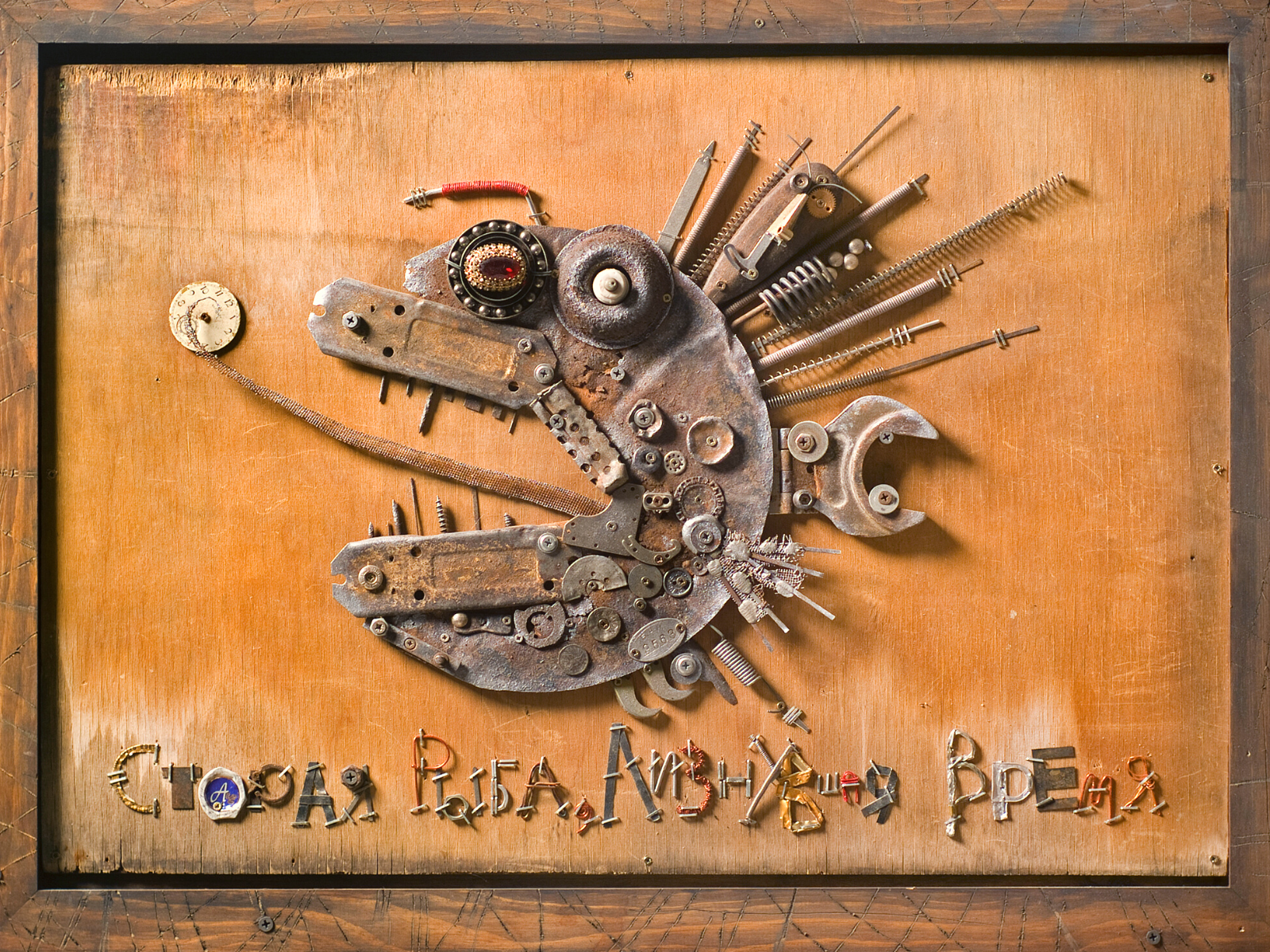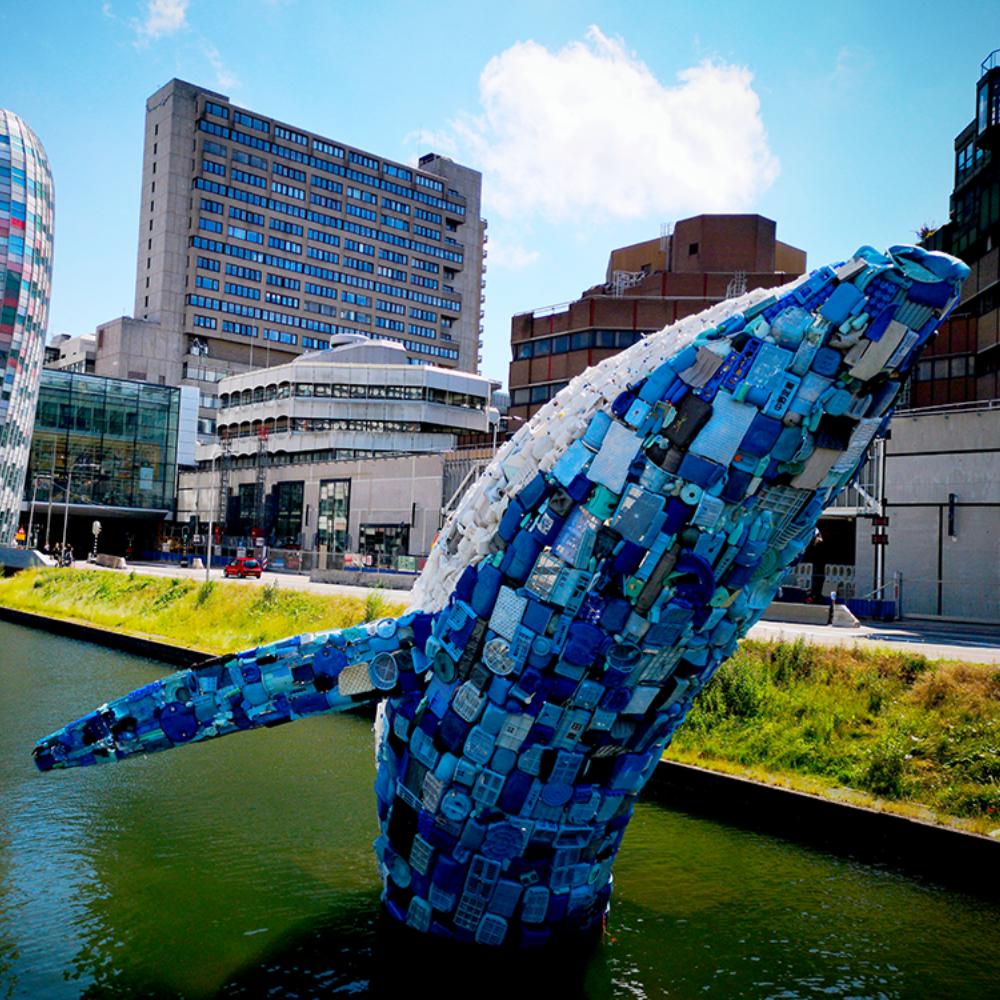Step into the innovative realm of recycled art, where discarded materials are reborn under the deft hands of visionary artists.
Recycled art has emerged as a powerful movement within the contemporary art scene, transforming unconventional materials into profound artistic expressions.
This article delves into the world of recycled art, highlighting the famous artists who have pioneered this genre and the impact their work has on appreciating art and promoting sustainability.
Let's explore the gateway to this transformative movement, showcasing the trailblazers who have redefined what it means to create.
Here, we explore the pioneers of recycled art, their groundbreaking work, and the indelible mark they leave on both the art world and our planet.
Prepare to be inspired by the creativity that flows from the convergence of artistic genius and environmental consciousness.
Key Takeaways:
- Discover the leading artists who have made a name for themselves by creating recycled art masterpieces.
- Understand the significance of using recycled materials in contemporary art and how it contributes to environmental awareness.
- Learn about the unique techniques and materials used by recycled art artists to create their innovative works.
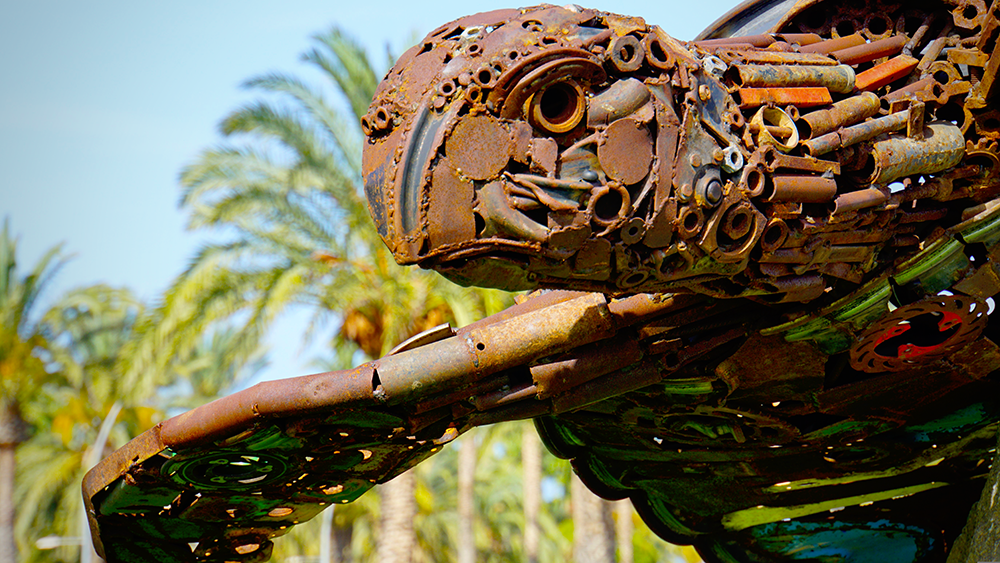


Emergence of Recycled Art in World Art History
Recycled art is not only museum treasures but a vibrant part of fine art that reflects the modern consumer society.
The use of such ordinary modern materials in creating sculptures and other art objects has a relatively recent history in the global art scene.
Many artists worldwide create with a conscious effort to repurpose materials, thus giving them a new life as deep art installations or very colorful sculptures.
Evolution of Recycled Art Materials
Recycling materials for art isn't a new phenomenon, but the scale and creativity with which today's artist creates from waste are unprecedented.
Initially, found objects were incorporated into art for their aesthetic appeal or as a statement.
However, as environmental concerns have grown, artists began active cooperation with recycling initiatives to source materials.
These recycled masterpieces created from discarded plastics, metals, and textiles not only challenge the viewer's perception of waste but also highlight the potential for its reincarnation into something beautiful and meaningful.
The trend has seen a shift from merely using recycled materials as a medium to a deliberate choice that reflects the artist's commitment to sustainability.
This conscious decision adds layers of context to the art objects produced, making them not just visually appealing but also narratively rich.
From amazing paintings to the most unique recycled objects, the materials used speak volumes about the artist's message and the era's environmental ethos.
Recycled Art and Its Cultural Significance
Recycled art has transcended beyond being a mere artistic trend to becoming a cultural phenomenon that reflects society's growing awareness of sustainability.
In many cultures, the practice of reusing materials has historical roots, but contemporary artists have elevated this tradition by making original art objects that resonate with modern audiences.
For instance, animal sculptures made from scrap metal not only showcase the artist's skill in transformation but also comment on the relationship between humans and nature.
An aspiring British artist or a neo-conceptual art enthusiast, the cultural significance of using recycled materials is profound.
It bridges the gap between classic artworks and contemporary environmental issues, allowing the artist to easily transform everyday objects into powerful statements.
These pieces often become part of a larger conversation about consumption, waste, and our impact on the planet, making them not just art objects but also tools for social change and awareness.
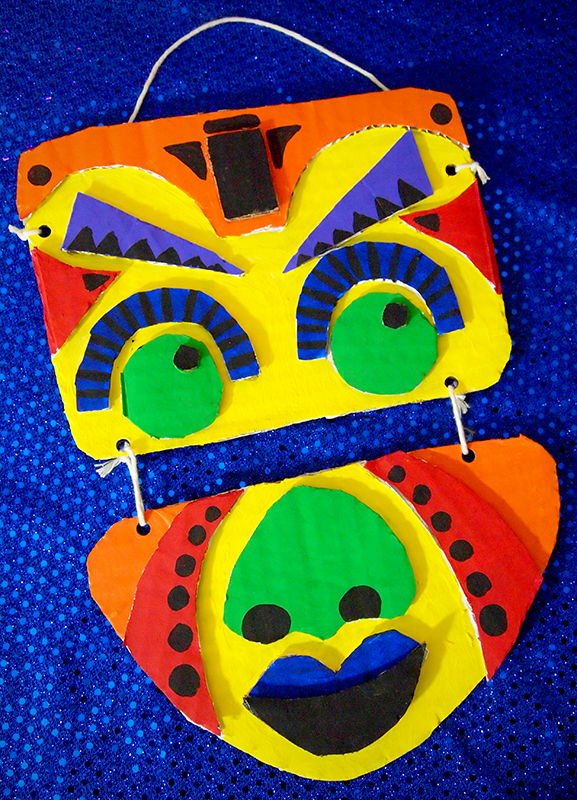


Tim Noble and Sue Webster: A Dynamic Art Duo
British artists Tim Noble and Sue Webster have become synonymous with the term "recycled art masterpieces."
This art duo has been creating sculptures that challenge perceptions of how abstract forms can transform into artistic images.
Their work often involves the use of scrap metal, shredded magazine paper, and other found objects, which they skillfully turn into shadow sculptures that reveal surprising forms.
Artistic Process of Tim Noble and Sue Webster
Tim Noble and Sue Webster create art that is a commentary on the modern age and the waste it produces.
Their artistic process involves meticulous planning and a creative imagination that sees beyond the pile of discarded items.
The result is a series of sculptures that not only demonstrate their skill but also raise awareness about plastic pollution and the importance of recycling.
Influence of Japanese Artistry
Contemporary Japanese artists who have made significant contributions to the field of recycled art is known for their intricate and detailed work.
This modern artist embodies the fusion of traditional Japanese aesthetics with contemporary themes, often using paper gift bags, plastic waste, and other everyday items to create masterpieces that reflect on everyday life and the environment.
African Art and Recycled Materials
African art has a long-standing tradition of using natural resources and found objects in artistic expression.
Leading artists from the continent have embraced recycled materials, producing art objects that are deeply rooted in cultural narratives while also engaging with issues of sustainability and environmental conservation.
Cuban Artists and Alternative Art Forms
Cuban artists founded a movement that utilizes alternative art forms to address social and political themes.
Their work often incorporates recycled materials, such as paper bags and discarded household items, to create powerful statements about such human values as resilience and ingenuity in the face of adversity.



Neo-Conceptual Art Movement
Neo-conceptual art, a movement that emerged in the late 20th century, has seen artists like Noble and Sue Webster take center stage.
Their work, which often involves creating recycled art objects from unconventional materials, has been exhibited in prestigious venues such as the Mori Art Museum, highlighting the growing acceptance of recycled art within the major art projects of our time.
Indian Artist: Blending Tradition with Recycling
Indian artists, such as Subodh Gupta, renowned for his ability to blend traditional motifs with contemporary themes, have become a leading figure in the recycled art movement.
His work often reflects the nuances of Indian everyday life, using recycled materials to create art that is both culturally significant and environmentally conscious.
Role of Art in Environmental Advocacy
Artists raise awareness about environmental issues through their work, often partnering with organizations like the World Wildlife Fund to create pieces that highlight the importance of conservation.
Their art serves as a visual representation of the need to protect our planet and its resources.
Impact of Recycled Art on the Art Market
Recycled art has begun to command attention in the art market, with collectors and galleries recognizing the value of pieces made from recycled materials.
This shift has encouraged more artists to explore the possibilities of creating sculptures and other art objects from discarded items, further enriching the diversity of the art world.


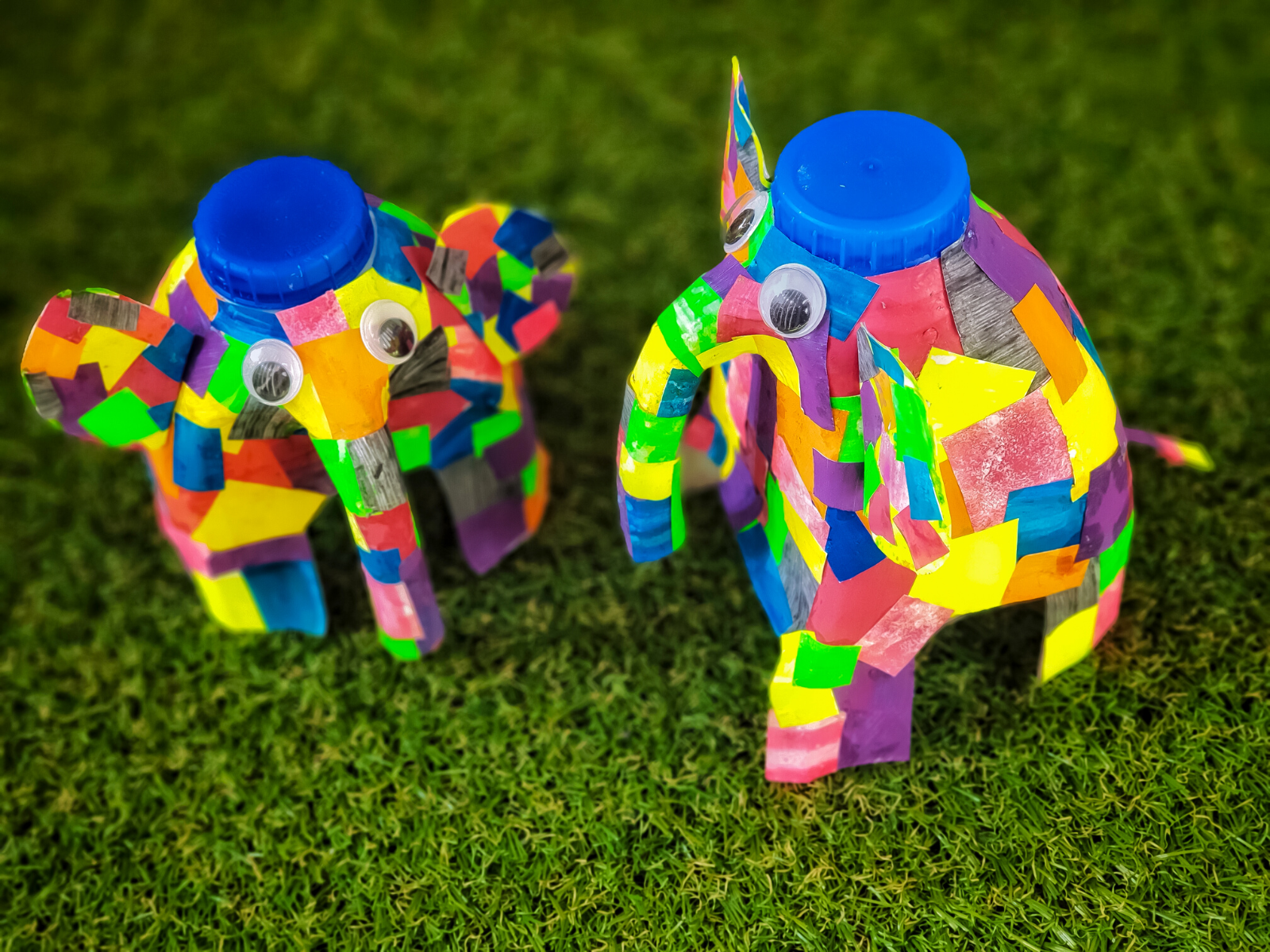
Embracing a Greener Future Through Innovation
Recycled art has carved a niche for itself in the realm of contemporary art,
It's evident that the movement is not just reshaping the art landscape but is also sowing the seeds of environmental change.
Artists like Tim Noble and Sue Webster are at the forefront, wielding their creative prowess to give new life to discarded materials, and in doing so, they're redefining beauty and value.
Their work stands as a testament to the power of innovation and the role of art in leading societal shifts towards sustainability, turning what was once considered waste into thought-provoking and aesthetically pleasing artworks.
Their innovative approach to creating sculptures and other art objects has not only challenged traditional notions of fine art but has also played a crucial role in raising awareness about environmental issues and the importance of sustainability.
It is clear that this movement is more than a trend; it is a transformative force in the world of art and environmental advocacy.
The recycled art movement transcends mere artistic expression; it is a clarion call for a greener, more conscious future.
As we continue to witness the evolution of this eco-centric art form, one thing is certain: the impact of these artistic maestros will be felt for generations to come, inspiring us all to view our world and its resources through a lens of possibility and responsibility.
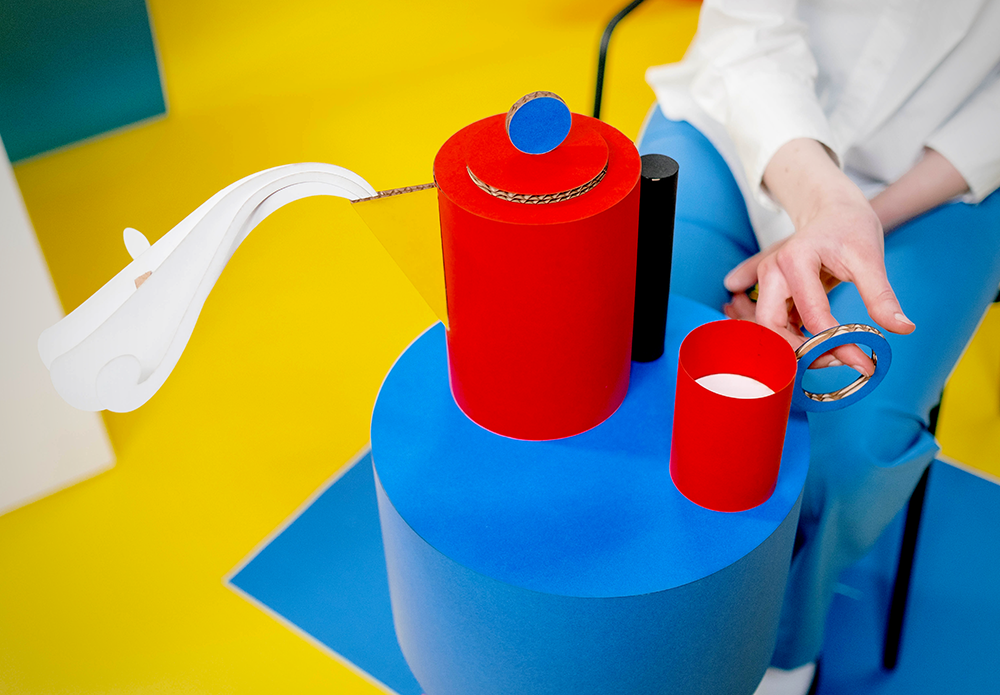
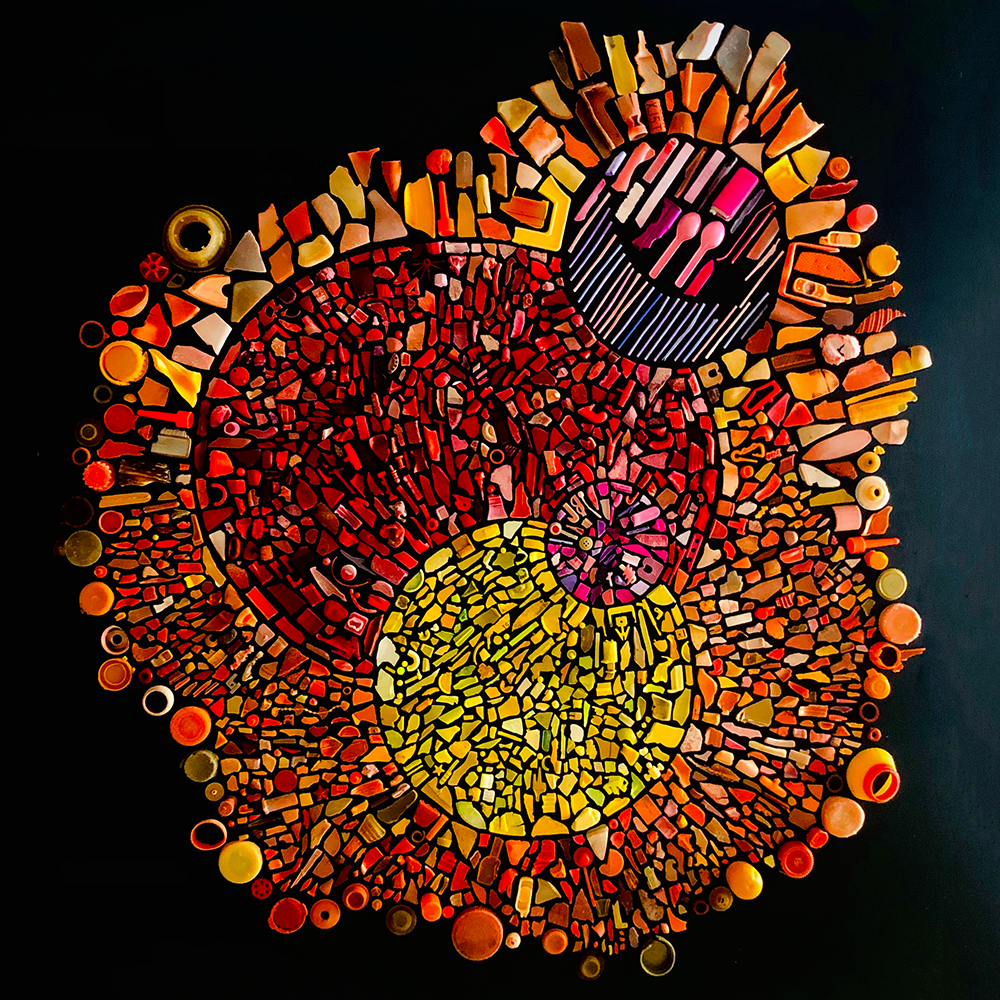

Recycled Art FAQs
Dive into the world of creativity with a conscience, where sustainability meets artistic innovation.
This enlightening section peels back the layers of an art movement that's not just transforming the way we see waste but also reshaping the boundaries of fine art itself.
Discover how artists are turning trash into treasure, why they're choosing to do so, and the profound impact their work is having on the art world and beyond.
Whether you're a curious newcomer or a seasoned art enthusiast, these FAQs will provide you with a deeper understanding of the recycled art movement and its trailblazing contributors.
Who are some of the most famous artists in the recycled art movement?
Some of the most famous artists in the recycled art movement include British artists Tim Noble and Sue Webster, who are known for their shadow sculptures made from scrap metal and other found objects. Other notable artists include contemporary Japanese artists who create intricate works from paper bags and plastic waste, as well as African and Cuban artists who incorporate recycled materials into their culturally rich artworks.
Why do artists use recycled materials in their art?
Artists use recycled materials in their art to make a statement about the excessive waste of modern consumer society, to promote environmental sustainability, and to challenge the traditional boundaries of artistic materials. By repurposing discarded items, they give new life to what would otherwise be considered trash, creating art that is both innovative and eco-conscious.
How has recycled art impacted the perception of fine art?
Recycled art has significantly impacted the perception of fine art by introducing unconventional materials into the creative process and challenging the notion of what constitutes art. It has opened up new avenues for artistic expression and has been embraced by the art community for its ability to convey powerful messages about environmental issues and the human condition. Recycled art has also gained recognition in the art market, with collectors and galleries increasingly valuing these unique and sustainable creations.


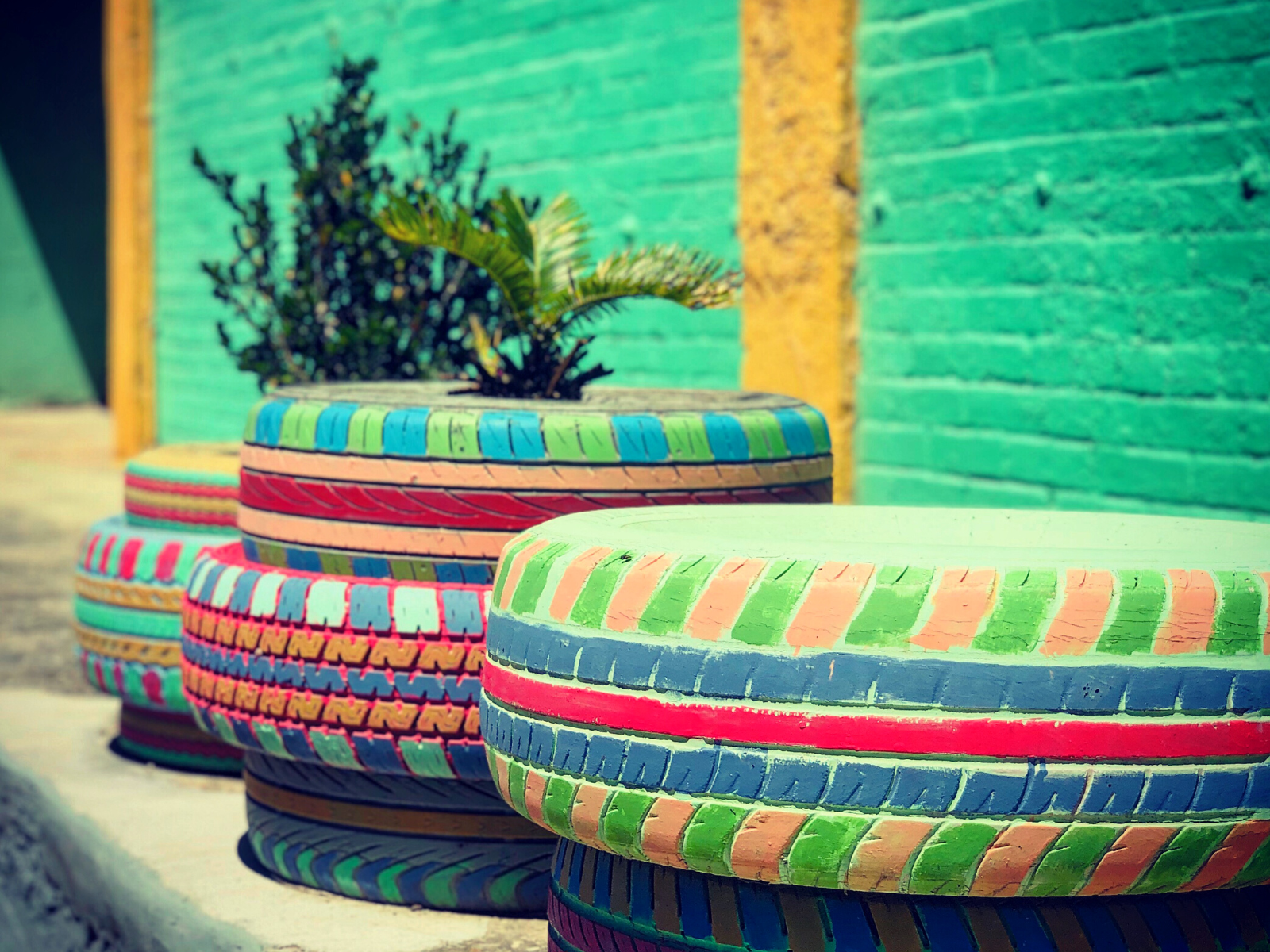
Eager to see artists' recycled art? Check out Little Art Talks' video!
Want even more content about creativity and art?
Be sure to check out all of our creative chronicles!
Ready to dive into the world of upcycling and recycled art?
Check out some of our other articles:
-What is another word for recycled art?
-How do you make recycled art?
-Why do people make recycled art?
-What is the difference between upcycled and repurposed?


